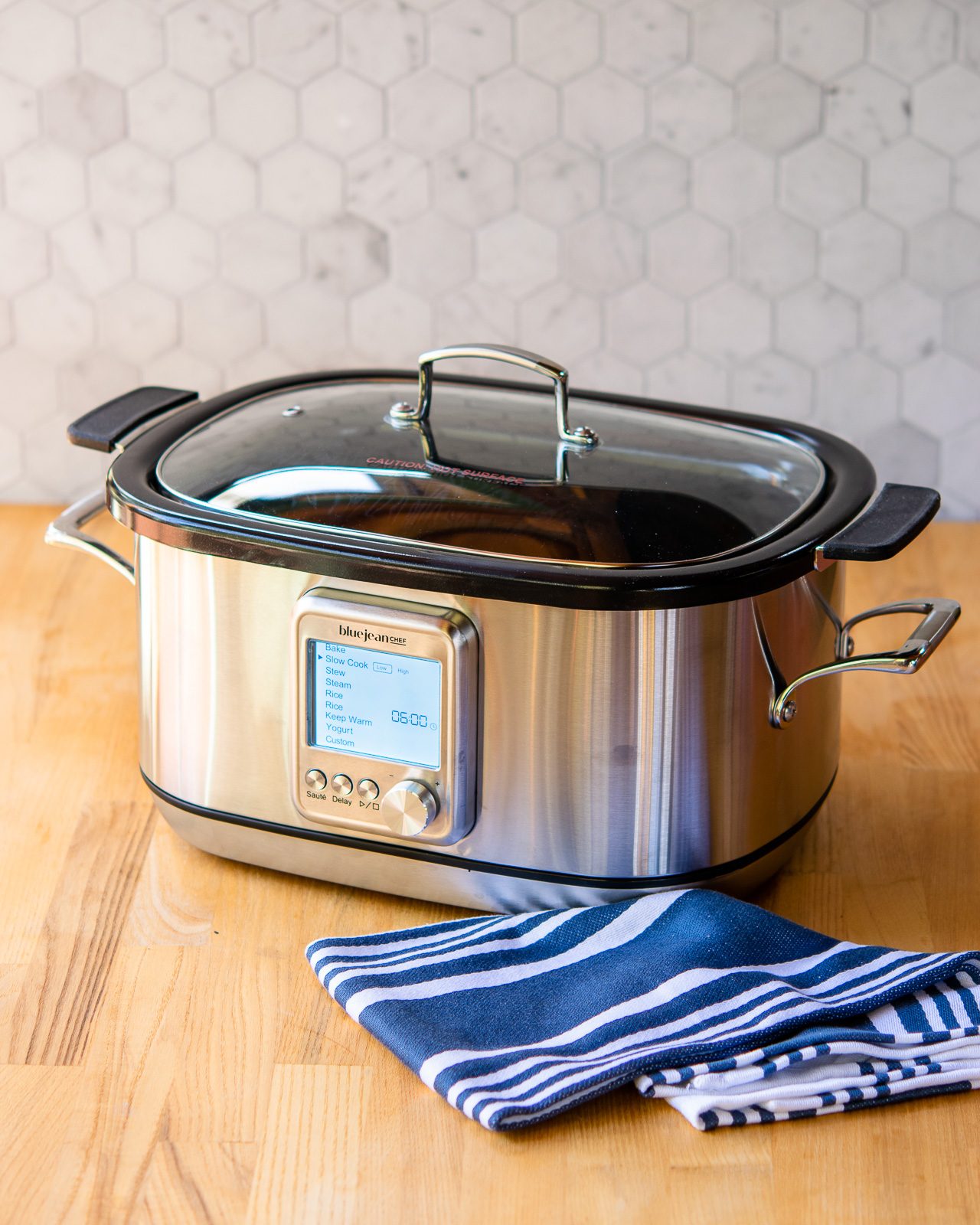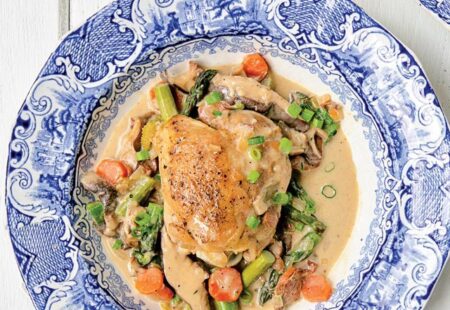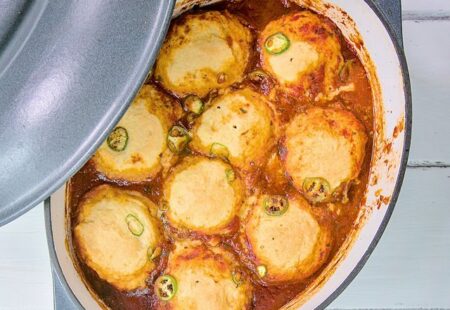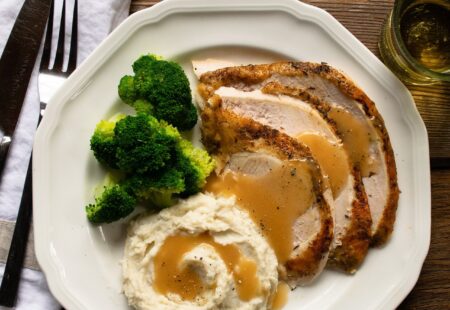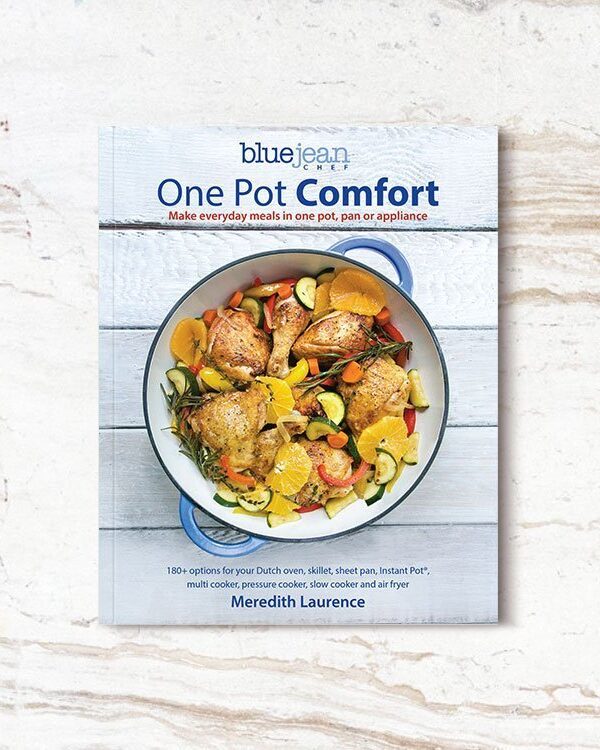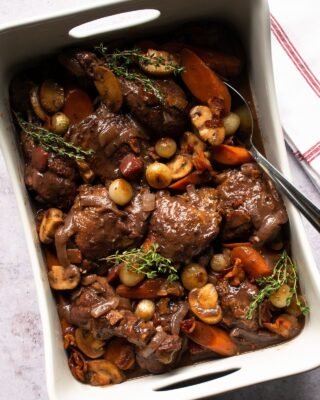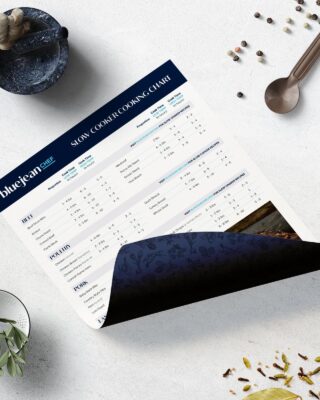Number One Tip…
- Do not lift the lid during cooking: This is by far the most important thing to remember when slow-cooking. When you lift the lid you will lose a significant amount of heat from the pot. This can increase your cooking time by about 20 minutes. If you need to open the slow cooker to check the food, do so as quickly as possible and wait until at least three quarters of the way through the cooking process. Otherwise, try to resist the temptation.
Before you start…
- Use the right size slow cooker: Slow cookers come in many sizes. The cooker should be at least ½ way full. If cooking less food in a larger unit it will take less time to cook so you will need to adjust the cooking time. Alternatively, to make up for the oversized cooker, you can put your food in an oven safe casserole dish and place that in the insert of the slow cooker.
- No frozen food: Frozen foods bring the temperature of all your ingredients down and they don’t heat fast enough in the slow cooker to avoid prolonged periods of time in the temperature danger zone. So, make sure all of your ingredients are thawed before adding them to the slow cooker.
- Bring meat to room temperature: Never place cold meat in the slow cooker. Room temperature meat is more relaxed and the natural juices are evenly distributed resulting in a more flavorful dish.
- Pre-heat the slow cooker: This step is often overlooked in slow cooking. Preheating the unit for at least 20 minutes is as important as preheating your oven.
Get started…
- Brown and deglaze the food first: Browning the food first will enhance the appearance and maximize the flavor of the final dish. If your slow cooker does not have a browning feature, do this on the stovetop and add the food to the cooker once browned. Make sure you deglaze the pan, by pouring in some wine or liquid and add all the bits from the bottom of the pan to the slow cooker. This adds even more flavor to your dish.
- Layer Ingredients in the pot: Put meat and harder vegetables such as root vegetables or potatoes on the bottom of the slow cooker where they will be closer to the heating element. In the next layer, put any grains you are using. Then layer lighter ingredients or vegetables and pour liquids overtop.
- Do not over fill the Slow Cooker: only fill the insert ⅔ of the way full. Overfilling makes it harder for the cooker to reach its target temperature. Liquid will be drawn out of the food during the cooking process so you don’t need to add as much as you might think. This is important when converting recipes from the stovetop to the slow cooker.
- Do not under fill the Slow Cooker: I know this sounds contrary to the tip above, but the same principle applies to under-filling the cooker. If there is not enough in the cooker, the cooker will cook the food too quickly or at too high a heat because the cooker is designed to heat more food. So, again, fill the cooker ⅔ full (or at least ½ full) for the best results.
- Simmer liquids first: When using the low setting, it is best to bring liquids to a simmer first. This gives the cooking process a jump start.
- Add vegetables in stages: For longer cooking times, add vegetables in stages. For dishes like a pot roast or stews and soups, start with the meat and hearty vegetables and add ingredients like beans and peppers towards the middle to end of the cooking time. If you cook the vegetables for as long as you cook the meat, you’ll end up with mushy veggies.
- Do not cook delicate vegetables: Root vegetables, cruciferous vegetables (like cauliflower or cabbage) and peppers will stand up to slow-cooking, but more tender vegetables like zucchini or spinach will break down during the cooking process.
- Avoid adding alcohol: As much as I love to cook with wine, spirits and beer, the slow cooker is not hot enough to burn off the alcohol in these liquids and you’ll end up with a boozy taste. If the alcohol is critical to the flavor of the recipe, simmer it in a pan first and then add it to the pot.
Finishing the Dish at the End of Slow Cooking
- Add bright and bold flavors at the end of cooking: Wait until the end of cooking to add flavors like fresh herbs, citrus zest and citrus juice.
- Add dairy products last: If dairy ingredients such as milk are added too soon in the cooking process, they will curdle (break apart and produce a grainy residue of milk solids and water). If cheese is added too soon, it can seize up and become gluey, or the fat in the cheese can separate out into an oily layer. To avoid both of these scenarios, add milk, cream, cheese or butter by stirring it in at the end, with the heat off or very low.
- Stir in greens at the end: Spinach, kale or escarole can be added to soups and casseroles for color, flavor and added nutrients. These items cook very quickly and should be stirred in only at the end of cooking. There will be enough heat in the hot pot to wilt the greens.
- Add toppings on a casserole-style dish at the end: You can add a topping to a casserole-style dish for texture and flavor. Add shredded cheese with just 5 minutes of cooking time left, top with the lid and let the cheese melt. You can also top your slow cooker meal with toasted breadcrumbs to add texture to your “casserole” before serving straight from the slow cooker.
- Thicken sauces and gravies at the end: There are several methods to thicken a sauce, but it will require heat so the first step is to turn the cooker to HIGH. You can add a slurry of equal parts cornstarch and water to the pot, stir well and once the liquid comes to a simmer it will thicken. Alternatively, you could stir in a beurre manié – a paste of equal parts soft butter and flour – and again, bring the liquid to a simmer to see the sauce thicken. Another option would be to transfer the liquid from the slow cooker to a sauté pan and reduce it on the stovetop by simmering. One last method is to stir some potato flakes into the liquid to thicken the sauce. Grated Parmesan cheese can work nicely to thicken cream or pasta sauces but do note that it will also add flavor, so it should complement the dish.
- Adding Pasta: In my opinion it is best to add pre-cooked pasta at the very end of the slow cooking process. I have much better results when I cook pasta al dente on the stovetop and then add it to my slow cooker during the last 30 minutes of the cooking process to bring the ingredients together. Pasta cooked in the slow cooker typically gets over-cooked.
More Information…
Don’t forget to check out the handy slow cooker cooking charts, the article on how to convert recipes to the slow cooker and for an overview of slow cooking, please see Slow Cooking 101.
